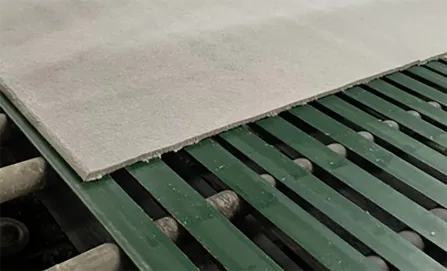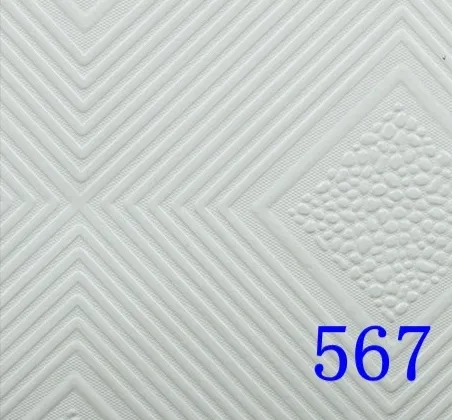Feb . 15, 2025 19:21 Back to list
how to install a ceiling access panel
Installing a ceiling access panel may appear daunting to first-time DIYers, but with a comprehensive guide and the right tools, it can be accomplished efficiently and safely. Follow this detailed process, which draws from both expert advice and real-world experience, to ensure a seamless installation.
2. Cutting into the Ceiling Equip your safety goggles and mask to safeguard against dust and debris. Using a drywall saw or utility knife, carefully cut along the marked lines. The cut should be clean to secure optimal fitting of the access panel frame. 3. Installing the Frame Fit the panel frame into the cutout. This step may require slight adjustments to ensure a snug and even fit. Use a spirit level to verify that the frame is flush with the ceiling surface on all sides. 4. Securing the Frame With the frame properly aligned, secure it in place using screws and anchors if necessary. These should be evenly distributed around the frame's perimeter to provide stability and prevent potential sagging. 5. Attaching the Access Door Once the frame is securely installed, attach the access door per the manufacturer’s instructions. This process typically involves aligning hinges or clips and ensuring the door operates smoothly. 6. Finishing Touches After installation, inspect the panel to ensure it opens and closes properly. Check for any additional adjustments to achieve a perfect fit. If the surrounding area is affected, consider using touch-up paint to blend the panel seamlessly into the existing ceiling. Expert Tips for Longevity and Safety - Regular Maintenance Periodically check the access panel for any signs of wear or damage. Tighten any loosened screws and inspect the hinges to ensure the door remains secure. - Professional Advice Consult with a structural engineer or contractor when installing in areas prone to high traffic or heavy use, as this might require additional reinforcement. - Safety First Always turn off power sources when working around electrical wiring to prevent accidents during installation. With these steps, installing a ceiling access panel becomes a straightforward task. Integrating both detailed know-how and safety measures ensures that the panel not only serves its functional purpose but also maintains the aesthetic integrity of your ceiling. Follow this guide to achieve a professional and lasting installation that stands the test of time.


2. Cutting into the Ceiling Equip your safety goggles and mask to safeguard against dust and debris. Using a drywall saw or utility knife, carefully cut along the marked lines. The cut should be clean to secure optimal fitting of the access panel frame. 3. Installing the Frame Fit the panel frame into the cutout. This step may require slight adjustments to ensure a snug and even fit. Use a spirit level to verify that the frame is flush with the ceiling surface on all sides. 4. Securing the Frame With the frame properly aligned, secure it in place using screws and anchors if necessary. These should be evenly distributed around the frame's perimeter to provide stability and prevent potential sagging. 5. Attaching the Access Door Once the frame is securely installed, attach the access door per the manufacturer’s instructions. This process typically involves aligning hinges or clips and ensuring the door operates smoothly. 6. Finishing Touches After installation, inspect the panel to ensure it opens and closes properly. Check for any additional adjustments to achieve a perfect fit. If the surrounding area is affected, consider using touch-up paint to blend the panel seamlessly into the existing ceiling. Expert Tips for Longevity and Safety - Regular Maintenance Periodically check the access panel for any signs of wear or damage. Tighten any loosened screws and inspect the hinges to ensure the door remains secure. - Professional Advice Consult with a structural engineer or contractor when installing in areas prone to high traffic or heavy use, as this might require additional reinforcement. - Safety First Always turn off power sources when working around electrical wiring to prevent accidents during installation. With these steps, installing a ceiling access panel becomes a straightforward task. Integrating both detailed know-how and safety measures ensures that the panel not only serves its functional purpose but also maintains the aesthetic integrity of your ceiling. Follow this guide to achieve a professional and lasting installation that stands the test of time.
Latest news
-
Durable Ceiling T Grid Systems | Easy InstallationNewsAug.29,2025
-
PVC Gypsum Ceiling: Durable, Laminated Tiles for Modern SpacesNewsAug.28,2025
-
Pvc Gypsum Ceiling Is DurableNewsAug.21,2025
-
Mineral Fiber Board Is DurableNewsAug.21,2025
-
Ceiling Tile Clip Reusable DesignNewsAug.21,2025
-
Ceiling T Grid Modular DesignNewsAug.21,2025







